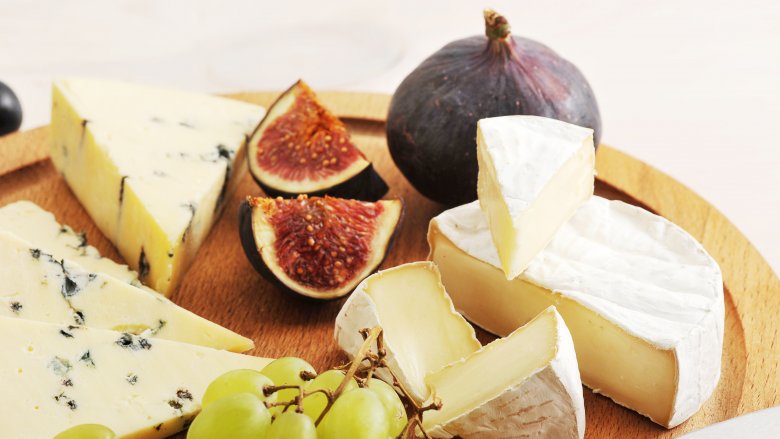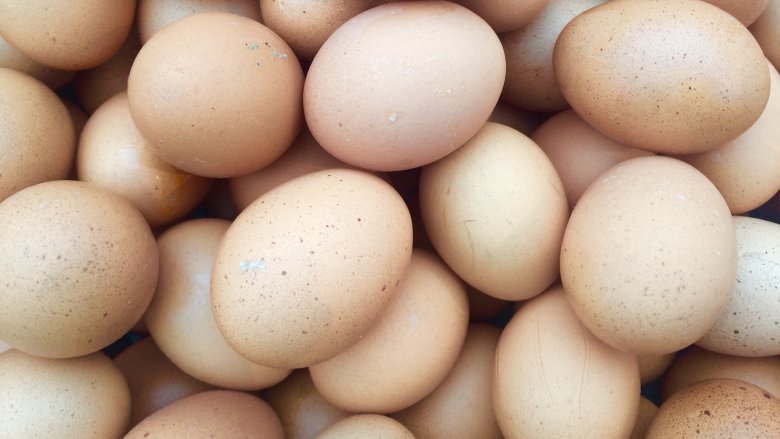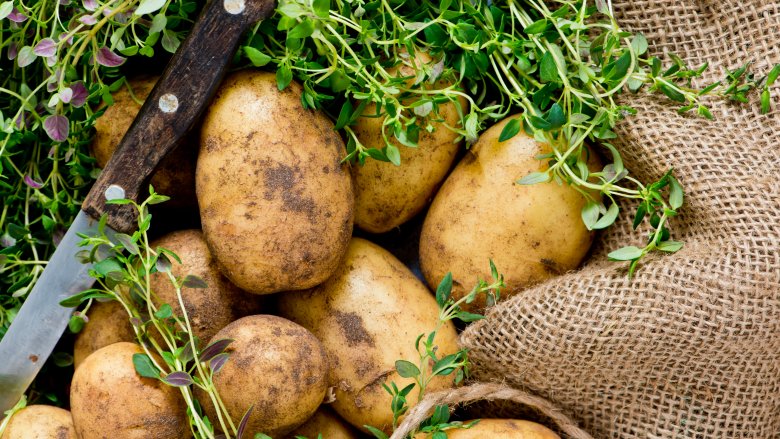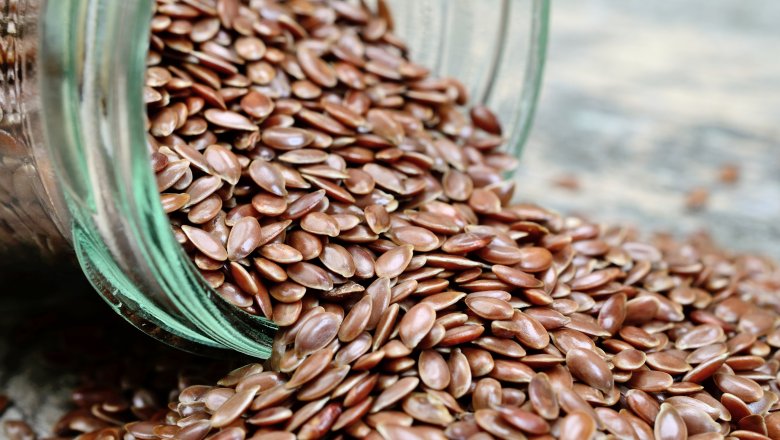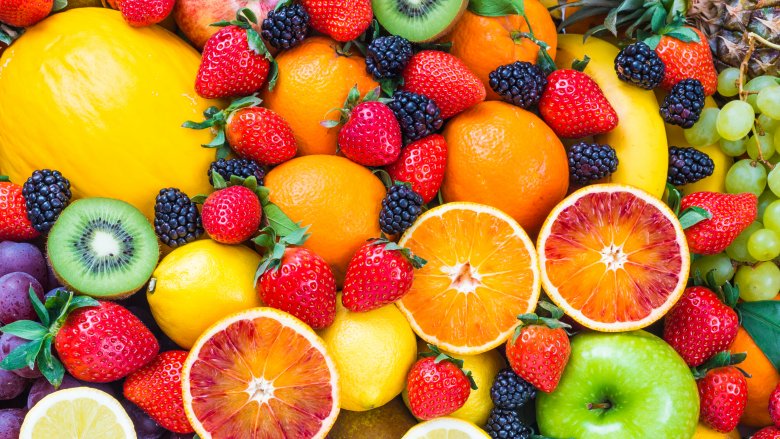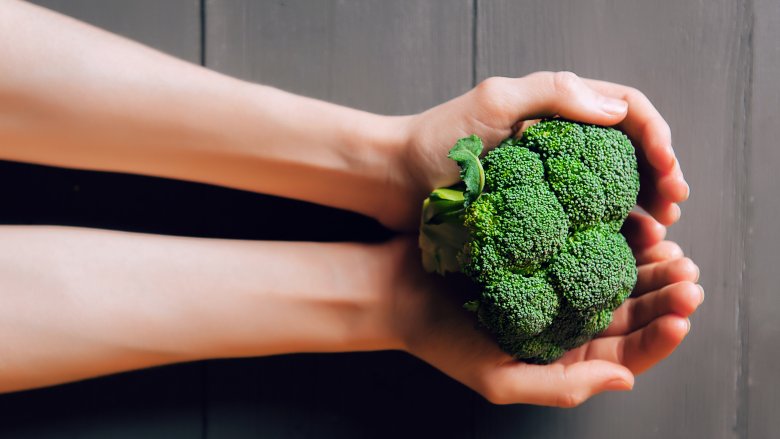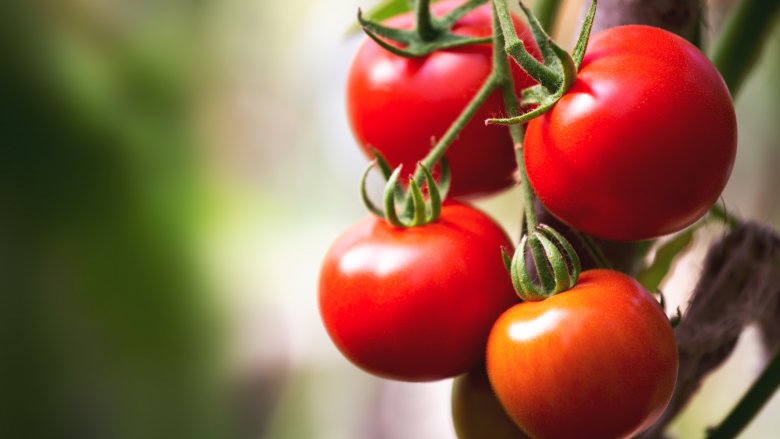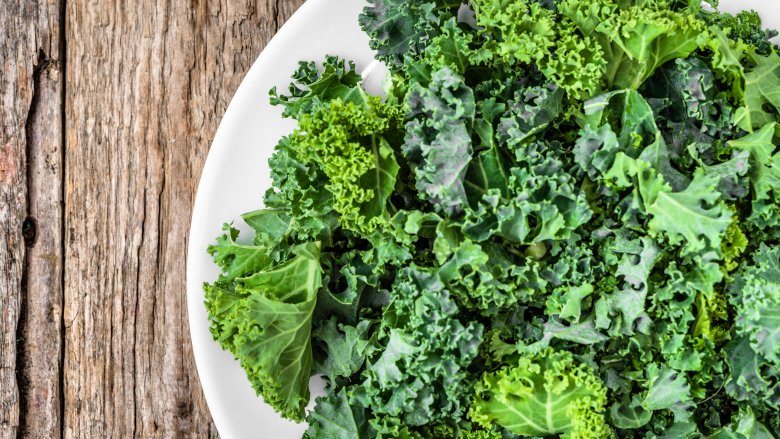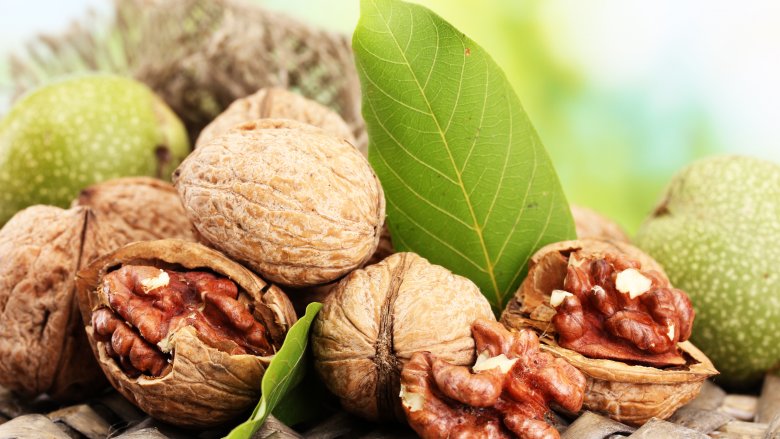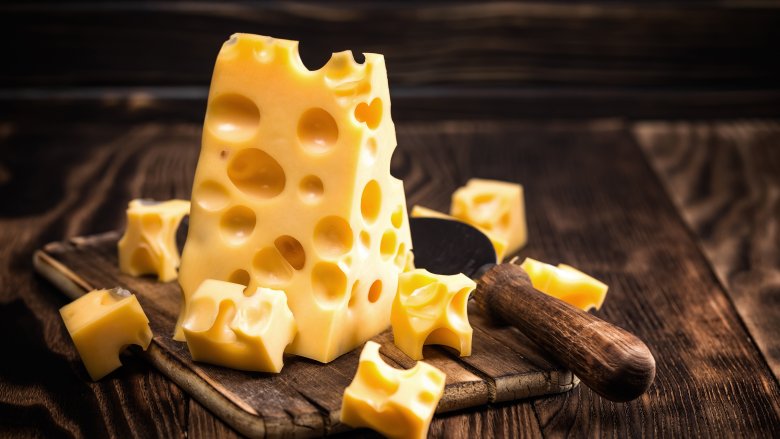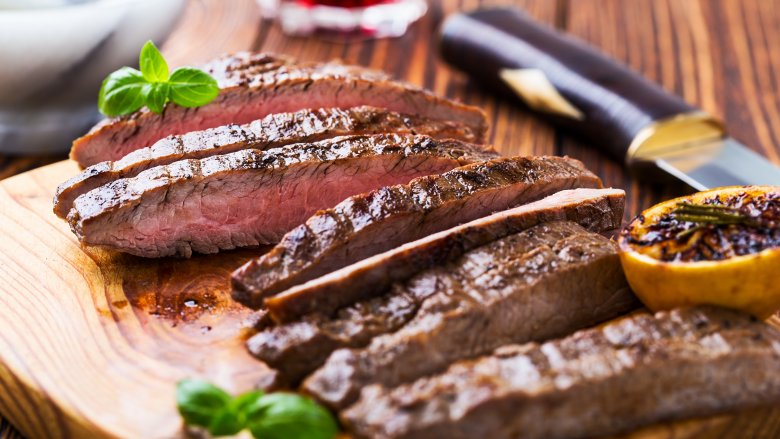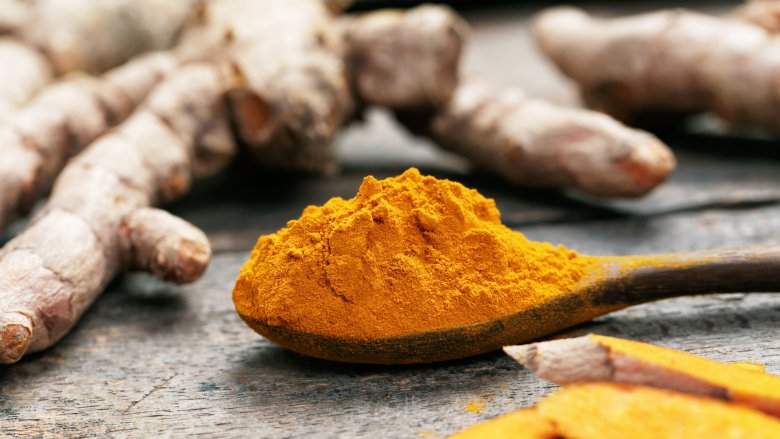Foods You're Eating Completely Wrong
I love food, especially when it's high-quality, minimally processed, nourishing food. From a crunchy salad to a juicy piece of ripe fruit, there are few things in the world of healthy cuisine that I wouldn't try at least once. While I do enjoy the occasional indulgence (hello, dark chocolate mousse), like most people trying to live a healthier lifestyle, I try to stick to food choices that not just taste good, but are also good for me.
However, what most of us overlook is that healthy eating goes beyond what foods we choose. It turns out that how we prepare our food can also have a major impact on our nutrition. I tapped the experts to find out how we can better slice, dice and cook our food to optimize our healthy choices.
Here are some foods you're probably eating completely wrong.
Eggs
In the world of healthy breakfast items, egg whites reign supreme. Whether you scramble them or toss them with some veggies to make an omelet, egg whites provide all the nutrients of eggs without the bad cholesterol found in the yolk... right?
Well, not so much. According to Courtney Ferreira, a registered dietitian and owner of nutrition consulting business RealFoodCourt.com, skipping the yolk means skipping out on some major nutrients. "Most of the vitamins such as vitamin D are in the yolk," she told me in an interview. "The yolk is also home to the healthy fats!"
Instead of sticking to egg white omelets, Ferreira recommends eating the whole egg for the best nutrition, as well as to save money and prevent food waste.
Potatoes
I love me some potatoes. In fact, one of my favorite things to make is potato wedges seasoned with tons of herbs. My favorite part: the warm, crispy skin. That's why I was thrilled when Ferreira told me potatoes are best eaten with the skin on. "Whether you are roasting potatoes, making fries, or making a mash recipe, keep the skin," she said. "The skin has the fiber (helps to prevent blood sugar spikes) and vitamin C, plus, it is super tasty once it crisps up!"
Yummy!
Flaxseed
Rich in omega-3's, fiber and other nutrients, flaxseed has quickly become a healthy food staple. And while adding a bit of flaxseed to your daily diet can be a great way to add in some healthy fats, Ferreira suggests staying away from certain versions of this superfood. "When you eat a flaxseed whole it is harder to digest and most of it will pass through your body untouched," she told me. "Purchase ground flaxseed, or grind up the whole seeds yourself. Once ground, flaxseed is great in baking, as a topping to oatmeal, or an addition to your smoothie. Don't sell yourself short (or waste money) on the whole seeds."
Fruit
Chugging a glass of fresh OJ may seem like a healthy way to start your morning, but if juicing is the only way you're consuming fruit, Sharon Brown, a nutritional therapist, clinical nutritionist, and certified GAPS practitioner, says you're majorly missing out. "Juicing is all the craze, but fresh juices are loaded with fruit sugar," she told me. "This can actually lead to weight gain."
Nutritionist Dr. Keith Ayoob agreed, telling me, "Where you're going wrong is throwing away the pulp. That's where there are so many nutrients, nearly all the fiber, and lots of antioxidants."
So next time, skip the juice and just eat the whole fruit or vegetable. "Why? Because your gut is a juicer," Dr. Ayoob said. "It just works more slowly. So...what's the rush?"
Broccoli
Broccoli was one of those vegetables I simply loathed as a kid. Fortunately, I grew out of that phase and these days can enjoy broccoli any way you slice it — especially if it's topped with a dollop of hummus.
To make sure you get the most out of this mighty green little powerhouse, Dr. Ayoob says, "Eat the stems!" Peel first, of course, but the stems are not useless and they have lots of flavor as well as nutrition."
Tomatoes
If you're into healthy eating, you've probably heard that the best way to consume fruits and vegetables is in their natural state — raw and untouched. Tomatoes, however, might be a different story, according to Frida Harju, the in-house nutritionist at health app Lifesum.
"The antioxidants found in tomatoes come from its high levels of lycopene, which is the compound that gives tomatoes their red color. Despite being a vital antioxidant, lycopenes are not naturally produced by the body; however, they are easily absorbed," she told me. "In contrast to other fruit and vegetables, which when cooked tend to lose nutrients, when tomatoes are cooked, the lycopene content within the tomato increases, ensuring that your body is able to absorb more antioxidants than it would if the tomato was eaten raw."
I knew blistered tomatoes tasted too good not to be healthy.
Kale
If you've ever eaten plain, raw kale, no one has to tell you these nutrient-packed greens certainly have an acquired taste. Luckily, there's a tastier way to eat kale that's also healthier, according to nutritionist Wendy Cohen.
"Massaging kale for five minutes with an acid such as lemon juice and apple cider vinegar helps to tenderize the kale, helping to break down its cellulose and fibers," she told me. "Massaging the kale is equivalent to lightly cooking it, making it easier to digest and preventing indigestion and gas that can come from eating it raw."
Nuts
I personally enjoy snacking on nuts, but I also know plenty of people who just don't digest nuts well. According to Cohen, soaking them might be the solution to tummy woes that often come with consuming them raw.
"Soaking or sprouting nuts such as almonds, hazelnuts, Brazil nuts, pine nuts, cashews, and walnuts makes them easier to digest and helps your body to assimilate the vitamins, minerals, protein, and essential fatty acids in the nuts," she told me. "Raw nuts have enzyme inhibitors. Soaking and sprouting them begins the germination process and helps to shed the enzyme inhibitors off of the nuts in the water." She also added, "You can easily buy sprouted nuts in most health food stores if you don't want to DIY. "
Cheese
There's nothing more indulgent than hot, bubbly, gooey melted cheese. From french fries to pasta, there are few things that aren't made with a drizzle of melted cheese. Unfortunately, besides being high in calories (let's not even talk about the accompanying french fries and pasta), cooked cheese isn't very nutrient-rich either, according to Brown.
If you are going to indulge every once in a while, however, she recommends eating it raw. "Raw cheese is best as it includes the active enzyme that help break down the lactose in the cheese," she told me.
Meat
The jury is still out on whether or not consuming red meat is bad for us. But according to Brown, the danger might actually lie in how we're cooking our meat. "With summer months coming, it's key to note that charring meat, aka barbecuing, actually causes carcinogens in the meat," she told me. "While it's okay to eat barbecued meat occasionally, one should refrain from charring the meat often."
Turmeric
If the farmer's market in your area is anything like mine, you've probably been seeing fresh turmeric for sale, not to mention juiced turmeric and turmeric powder. But is this spice as healthy as it's hyped up to be? According to Harju, it depends on how you're consuming it.
"Turmeric is widely recognized as one of the spices with the most significant health benefits and its popularity has led to the recent trend of 'turmeric shots' (turmeric mixed with ginger, honey and water)," she told me. "Something people often don't realize is that turmeric is fat-soluble, meaning that unless it is consumed with fat, the active component in turmeric is not easily absorbed by the body."
To ensure you are getting the full health benefits of turmeric, Harju suggests eating it with healthy fats rather than as a shot drink. "For example, a great way would be to sprinkle some on top of avocado, which is a great healthy fat."
